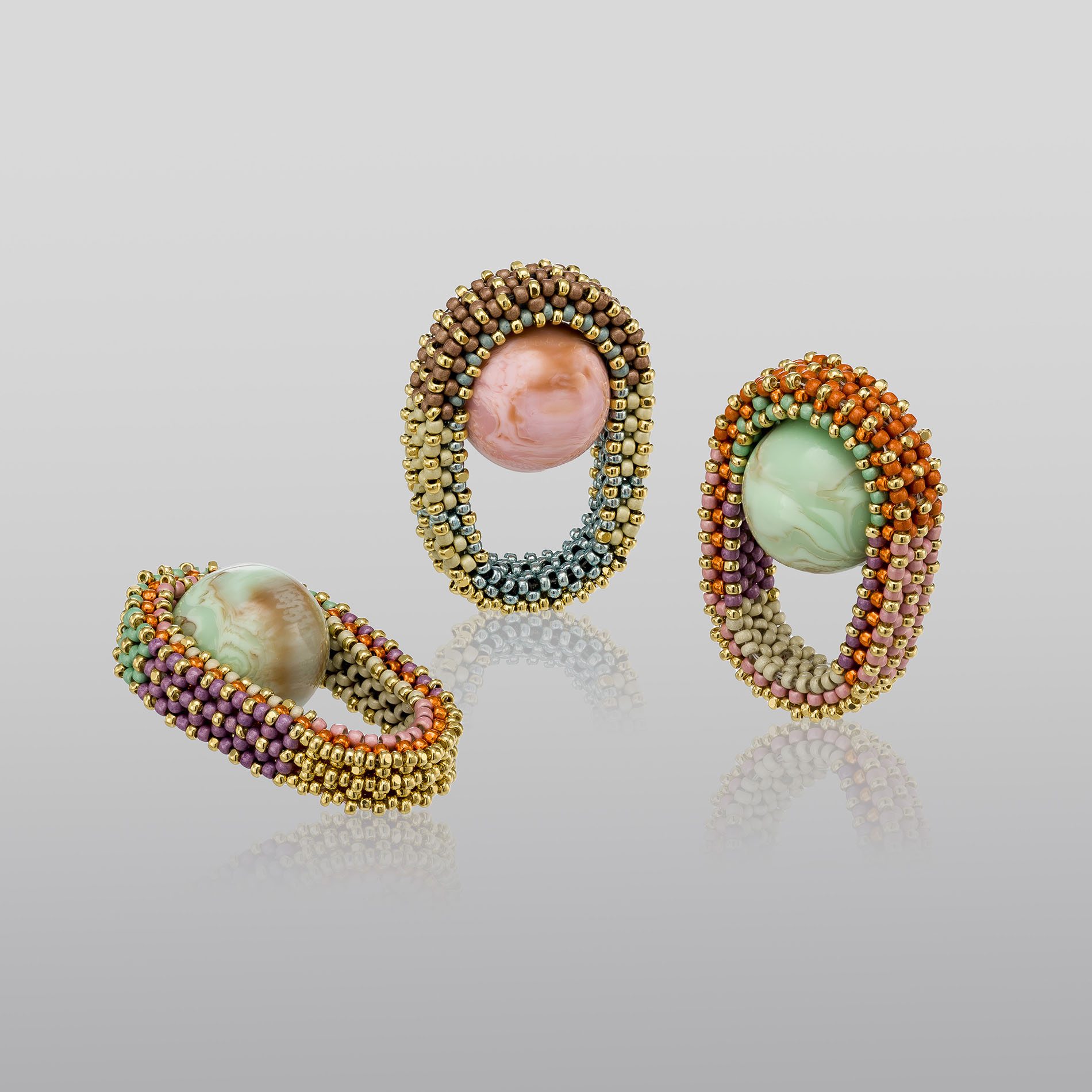Artists Apply for Honoring the Future® Sustainability Award
Twenty-eight artists applied for the “Honoring the Future® Sustainability Award” to be presented at the 2021 virtual Smithsonian Craft Show (which runs October 23 -31, 2021). The award continues a tradition begun in 2015 to honor pioneering craft artists who point the way to a more sustainable future. The award comes with a $1,000 prize recognizing an artist whose work educates the public about climate change or inspires or models a sustainable response to climate change.
Lloyd Herman, founding director of the Smithsonian American Art Museum’s Renwick Gallery, is serving as judge.
“These talented artists use their powerful visual voices to show us how to save a planet in peril,” explains Fran Dubrowski, Director of Honoring the Future. “They offer concrete, inventive ideas on what we can do to redress climate change.”
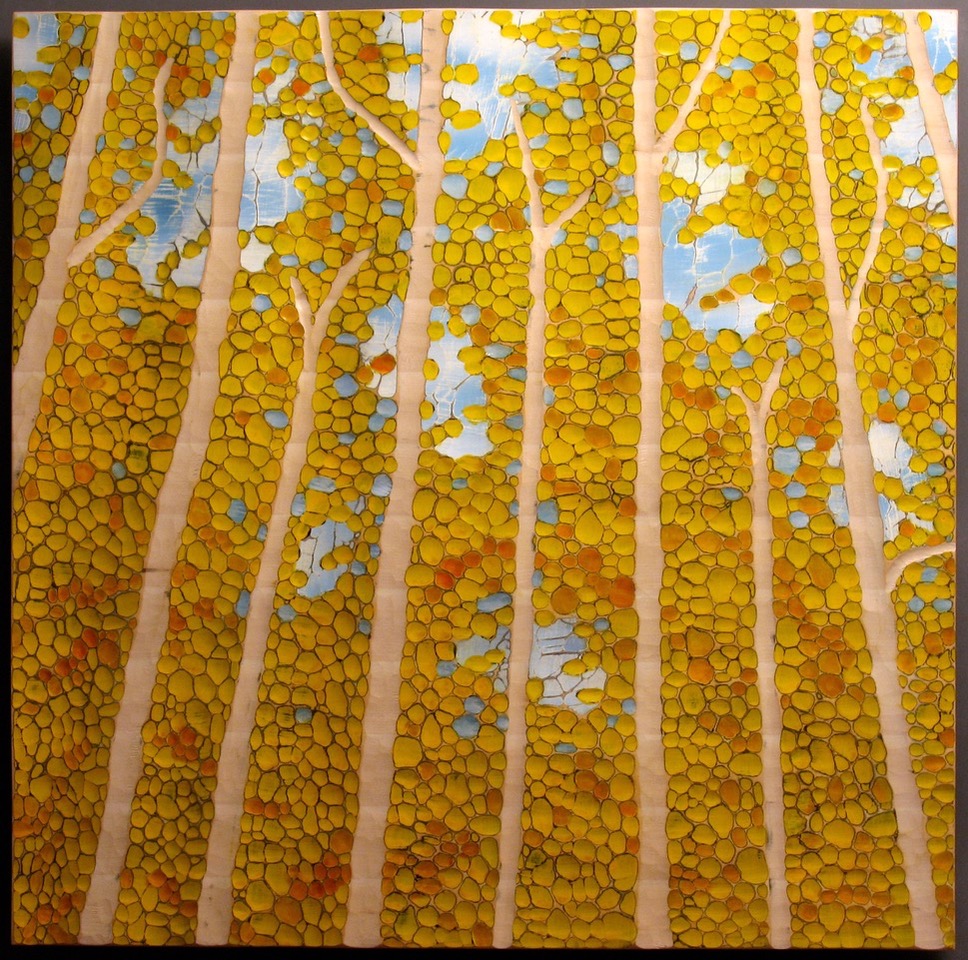
Michael Bauermeister – sustainably sourced wood
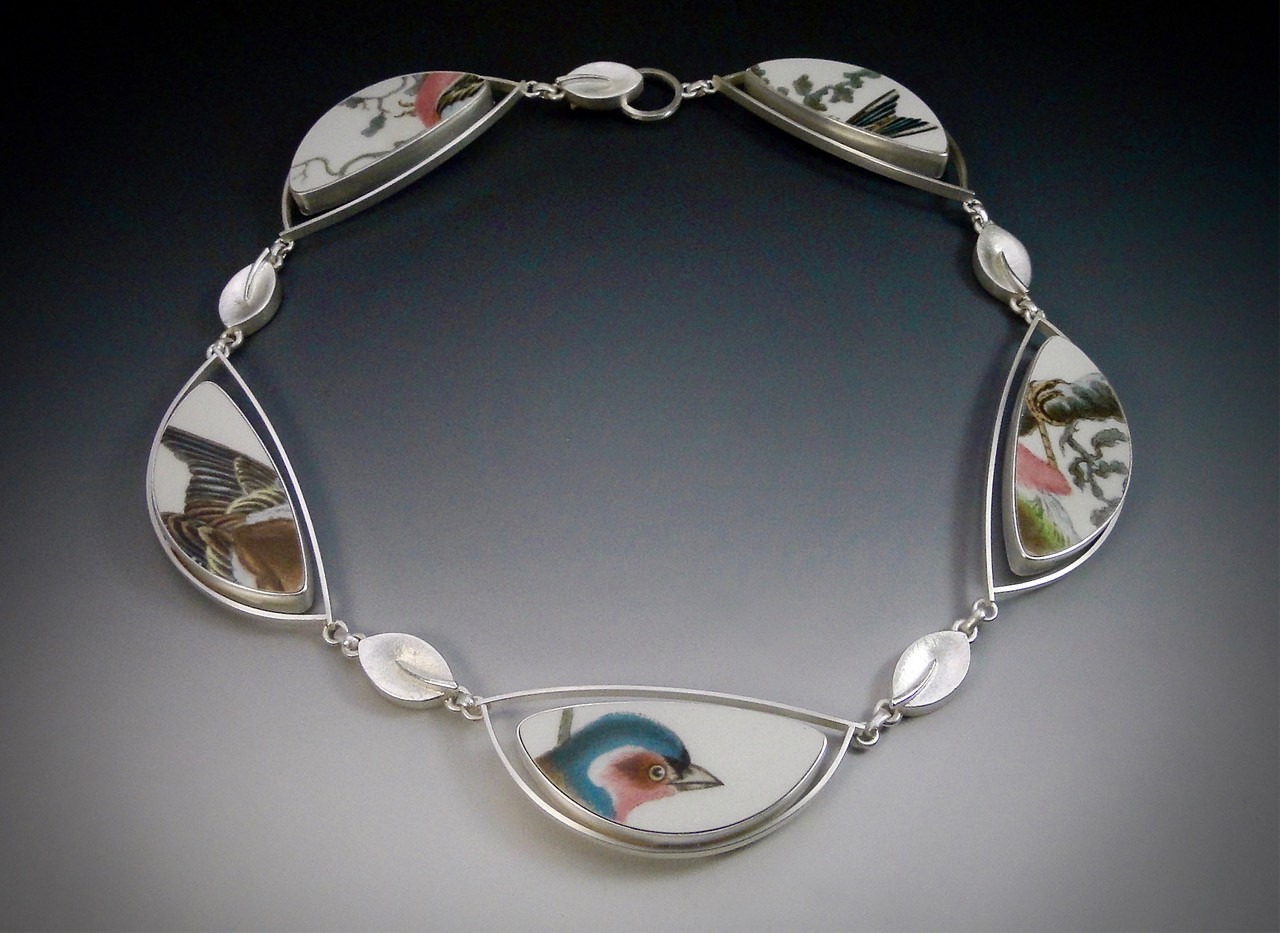
Amy Faust – repurposed materials
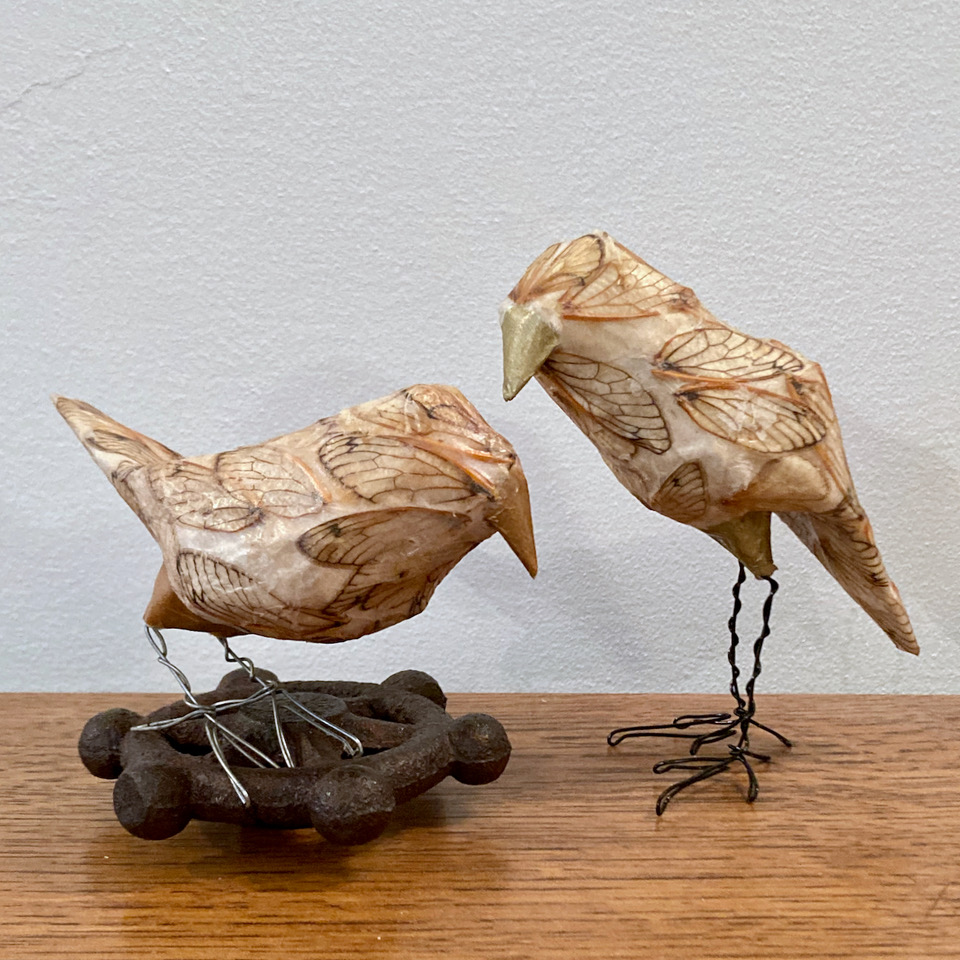
Jessica Beels – recycled material sculptures of birds
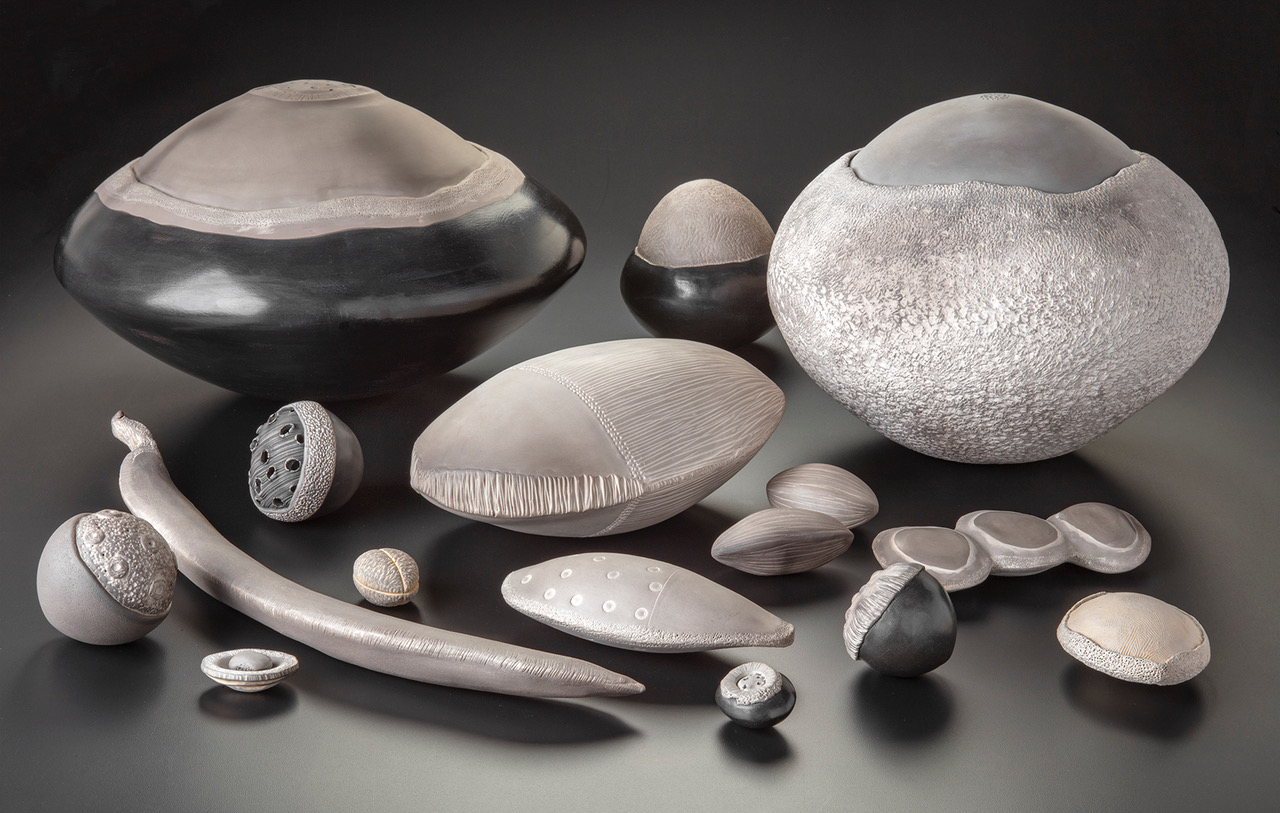
Paula Shalan – ceramics about seed biodiversity
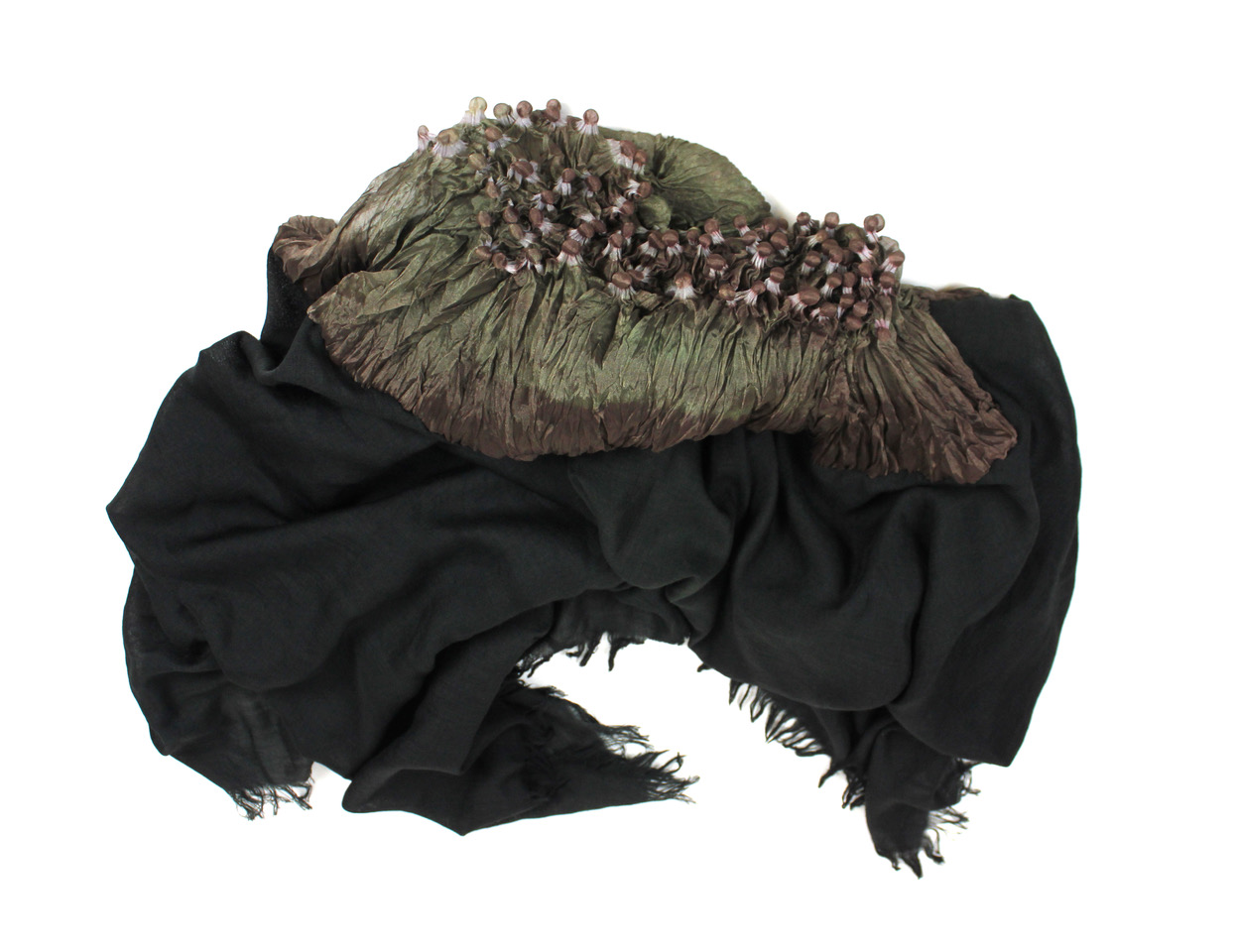
Yuh Okano – natural and recycled material
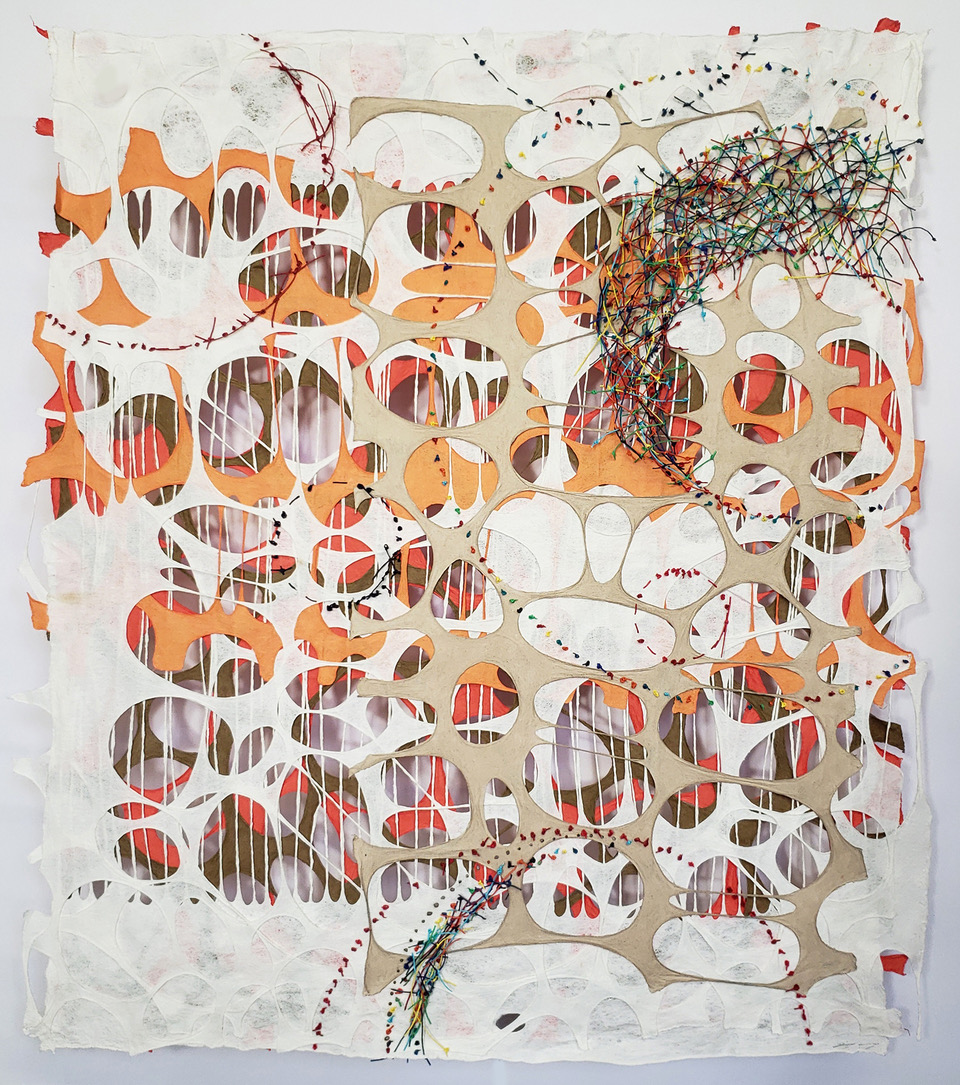
Jiyoung Chung – sustainable paper-making
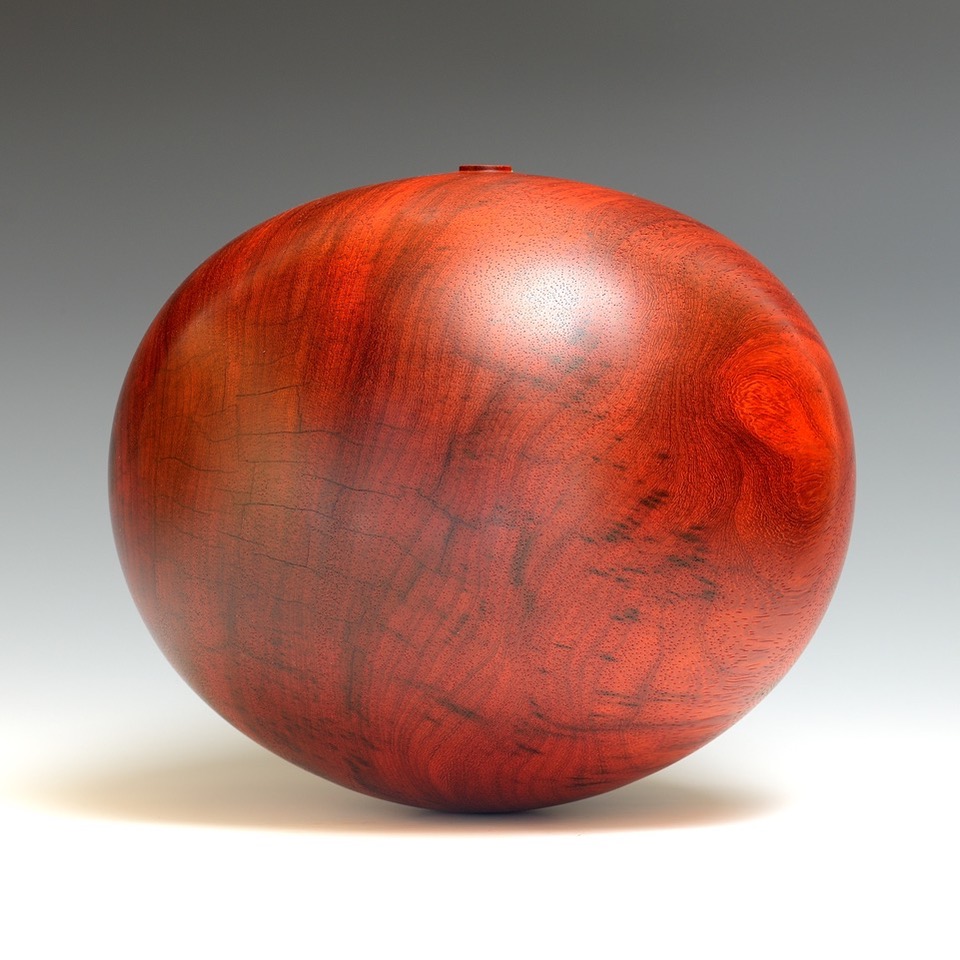
Gordon Browning – salvaged wood
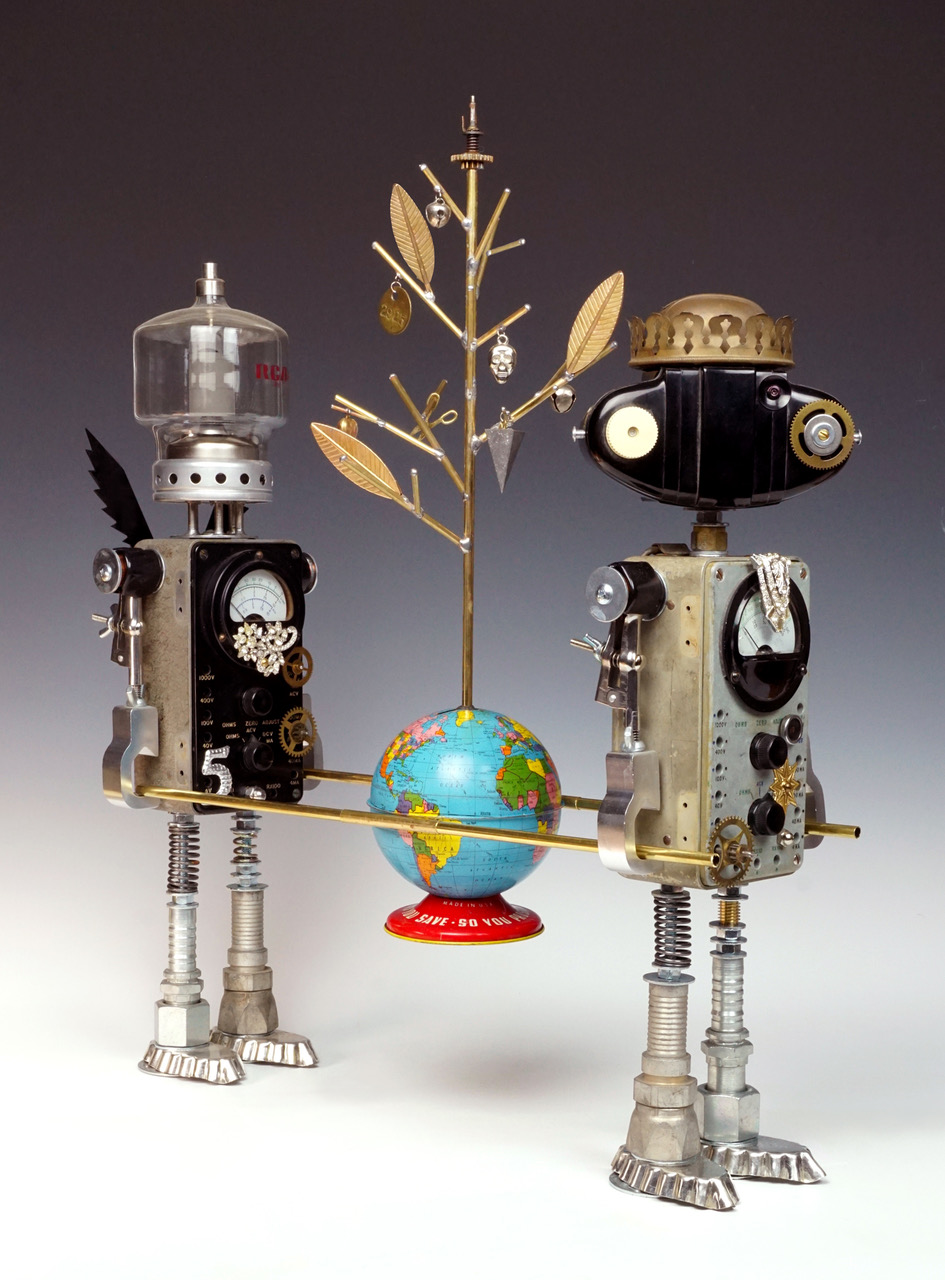
Amy Flynn – reused vintage materials
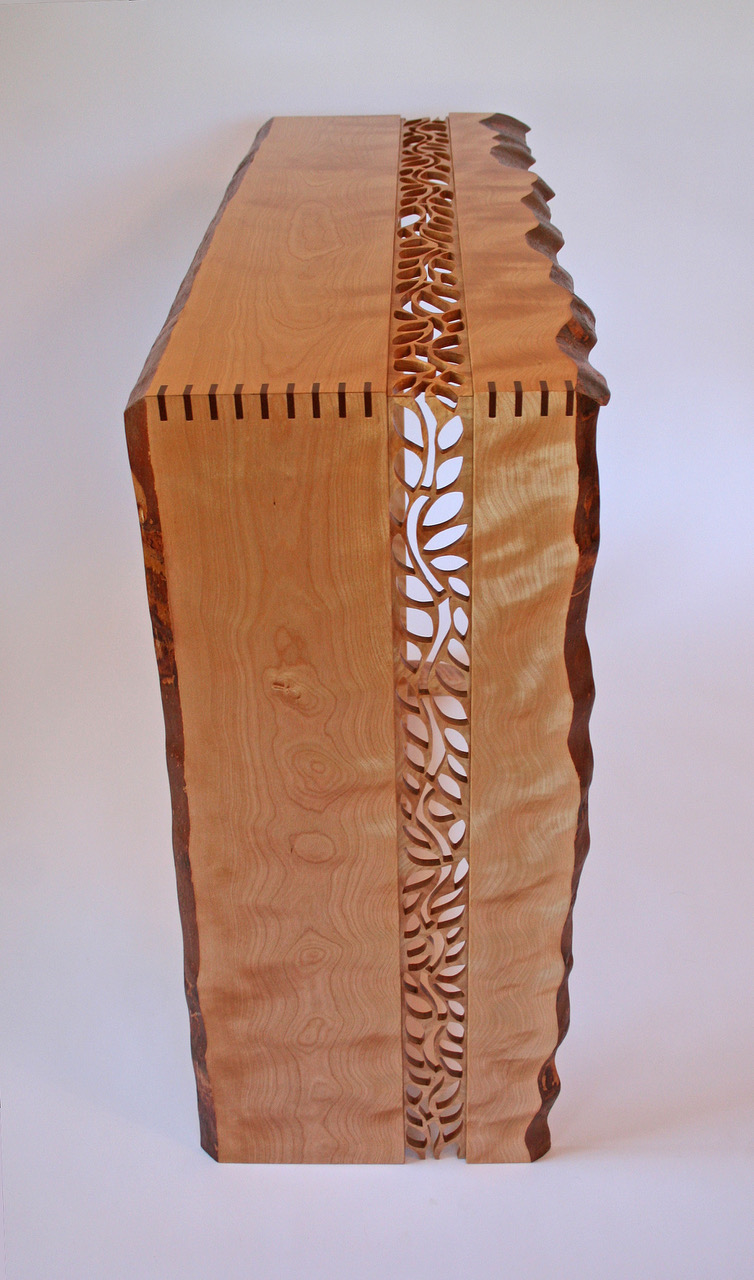
Christina Vincent – celebrating native species
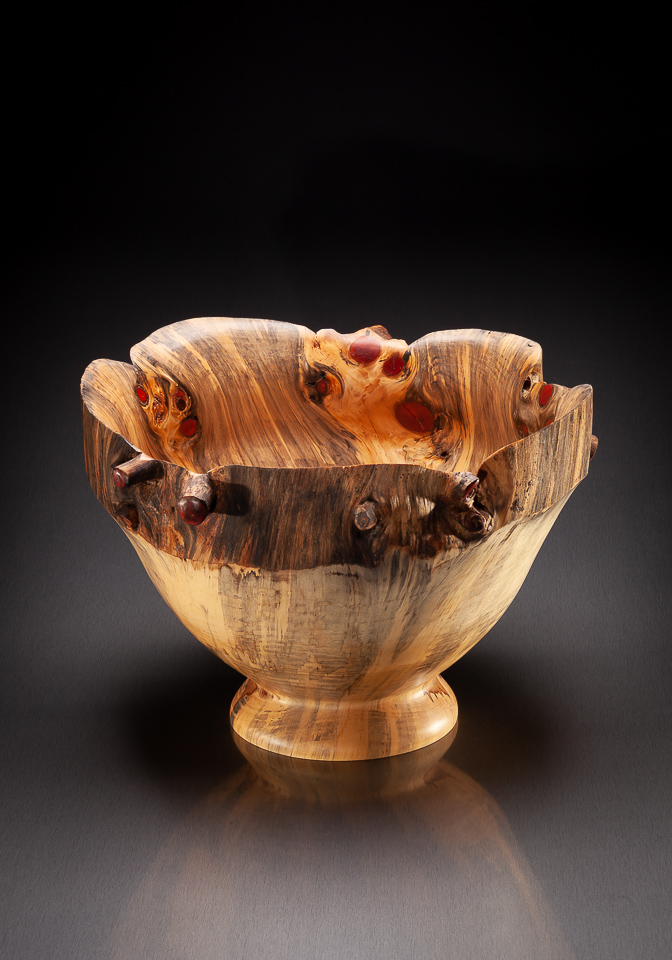
Michael Snegg – salvaged wood sustainably crafted
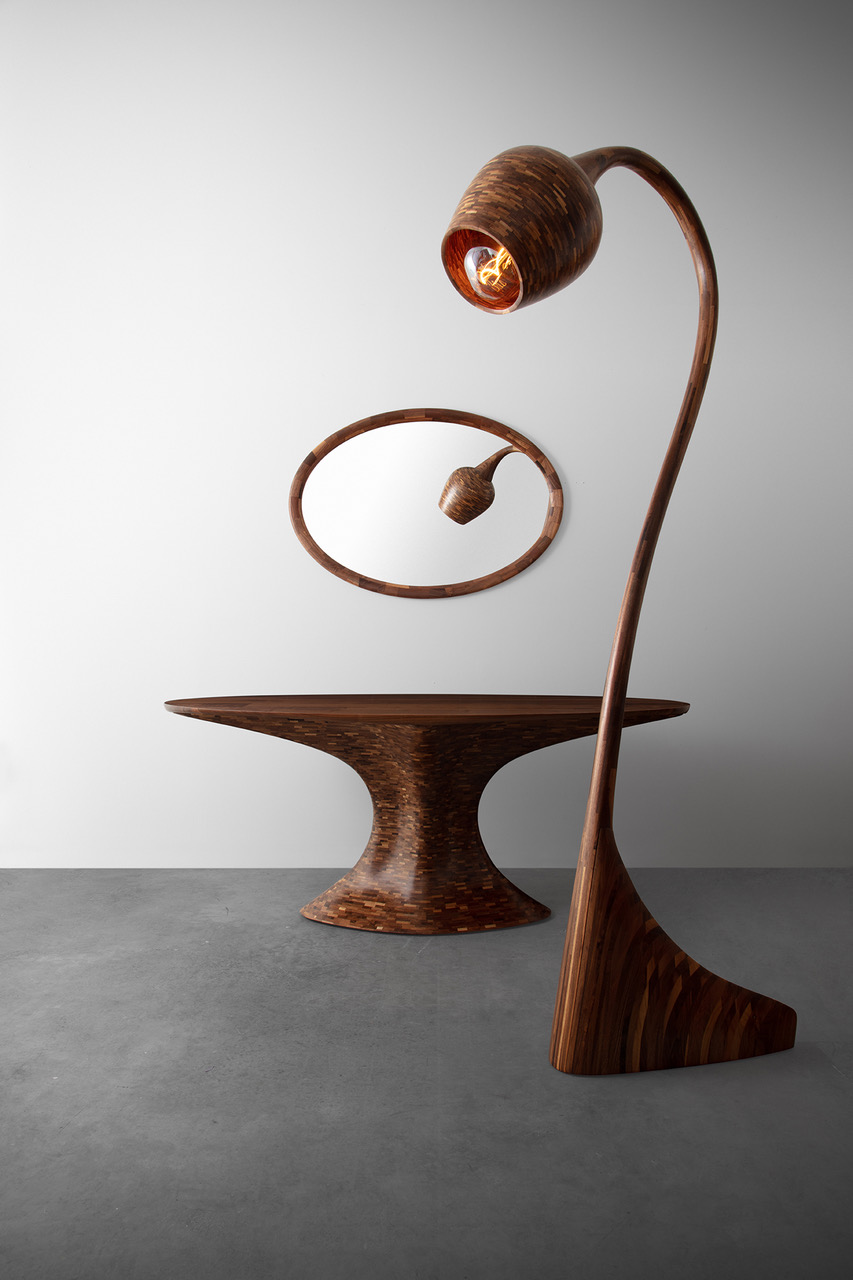
Richard Haining – hand-sculpted salvaged wood
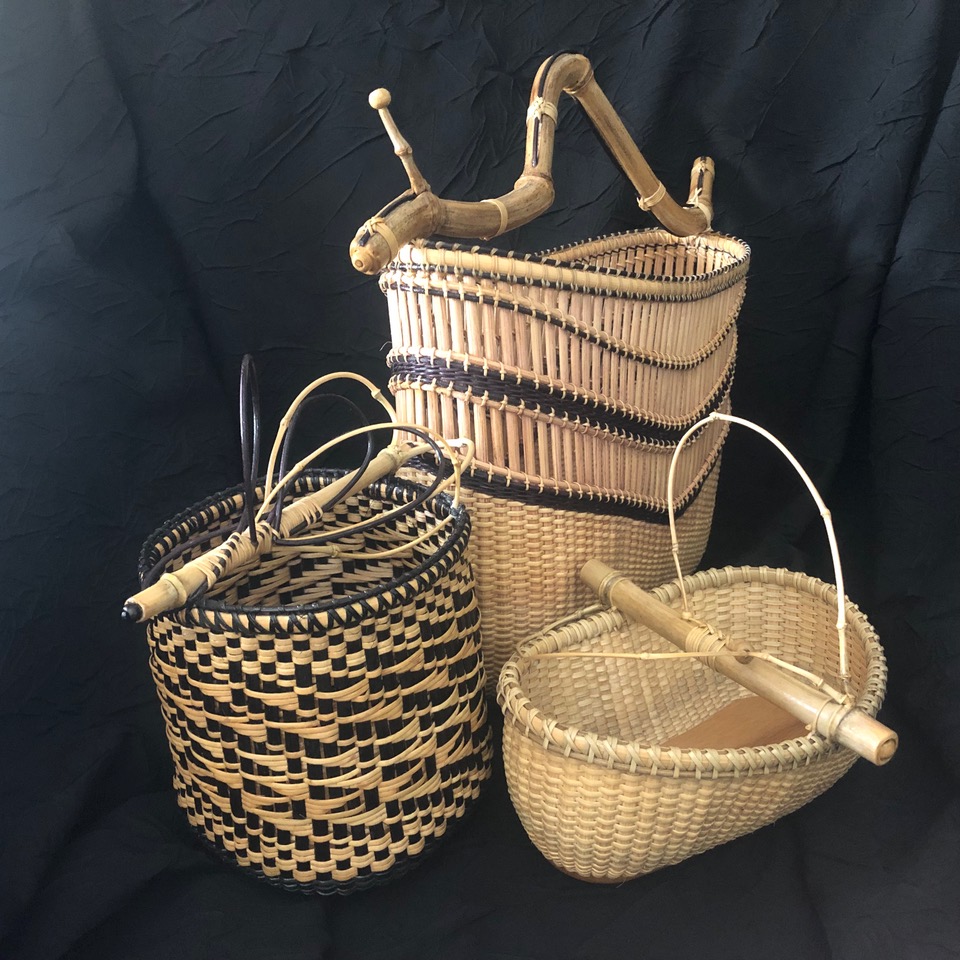
Jill Heir – foraged natural materials

Heidi Hess – organic cotton and hemp clothing
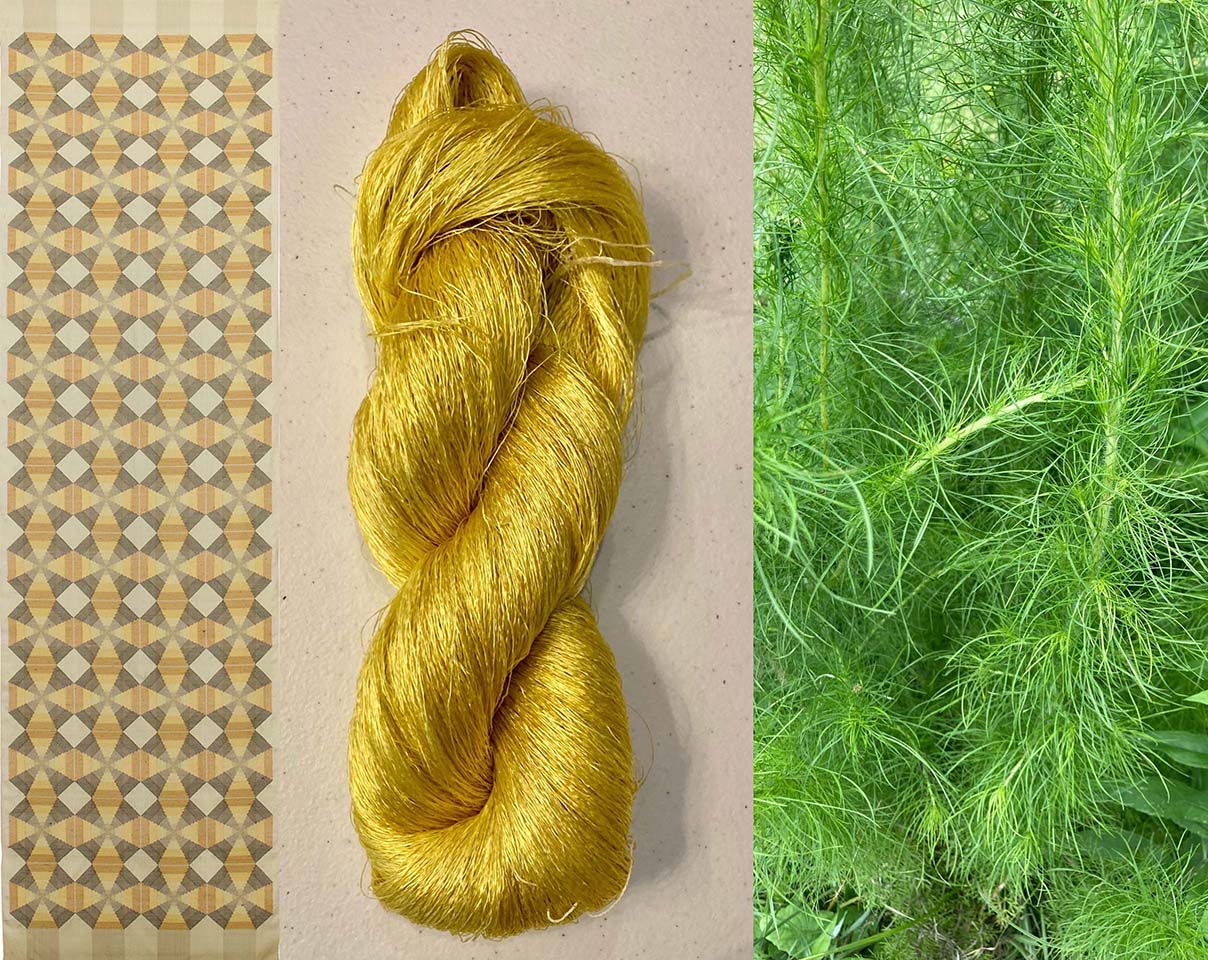
Chie Hitchner – natural fibers/locally foraged dyes
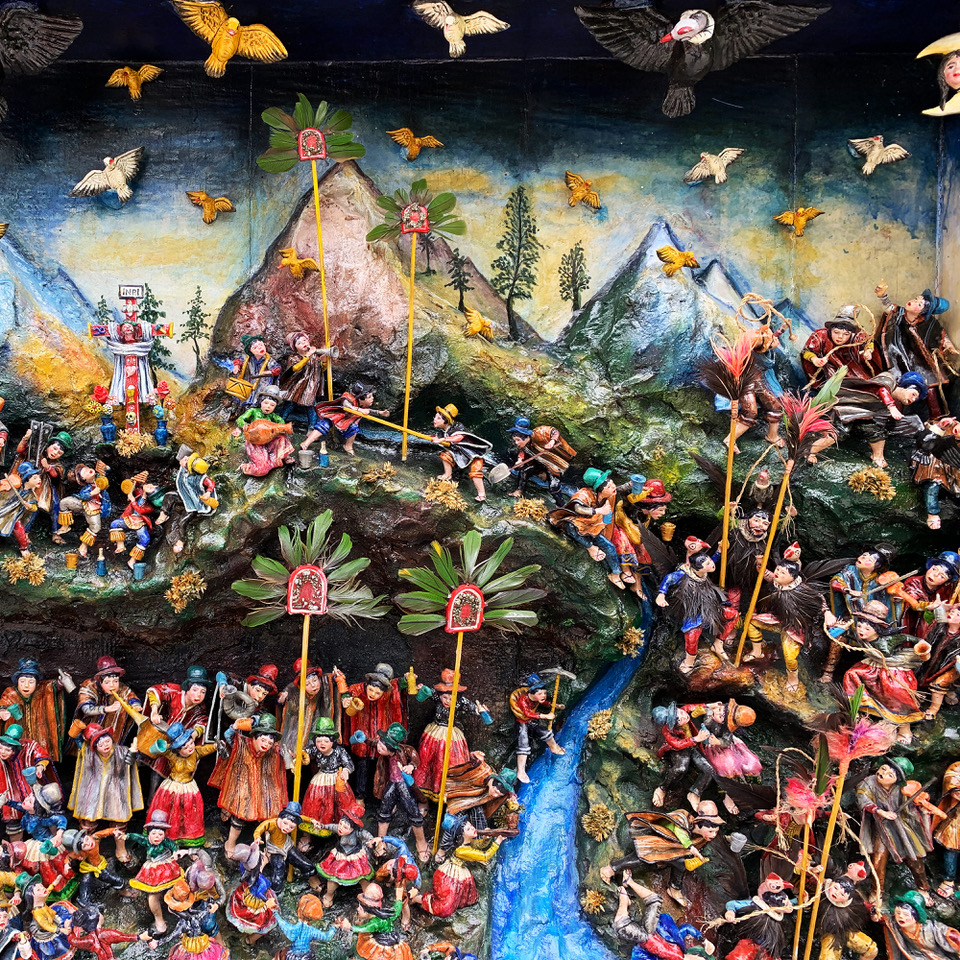
Nicario Jimenez – impact of climate change on indigenous people
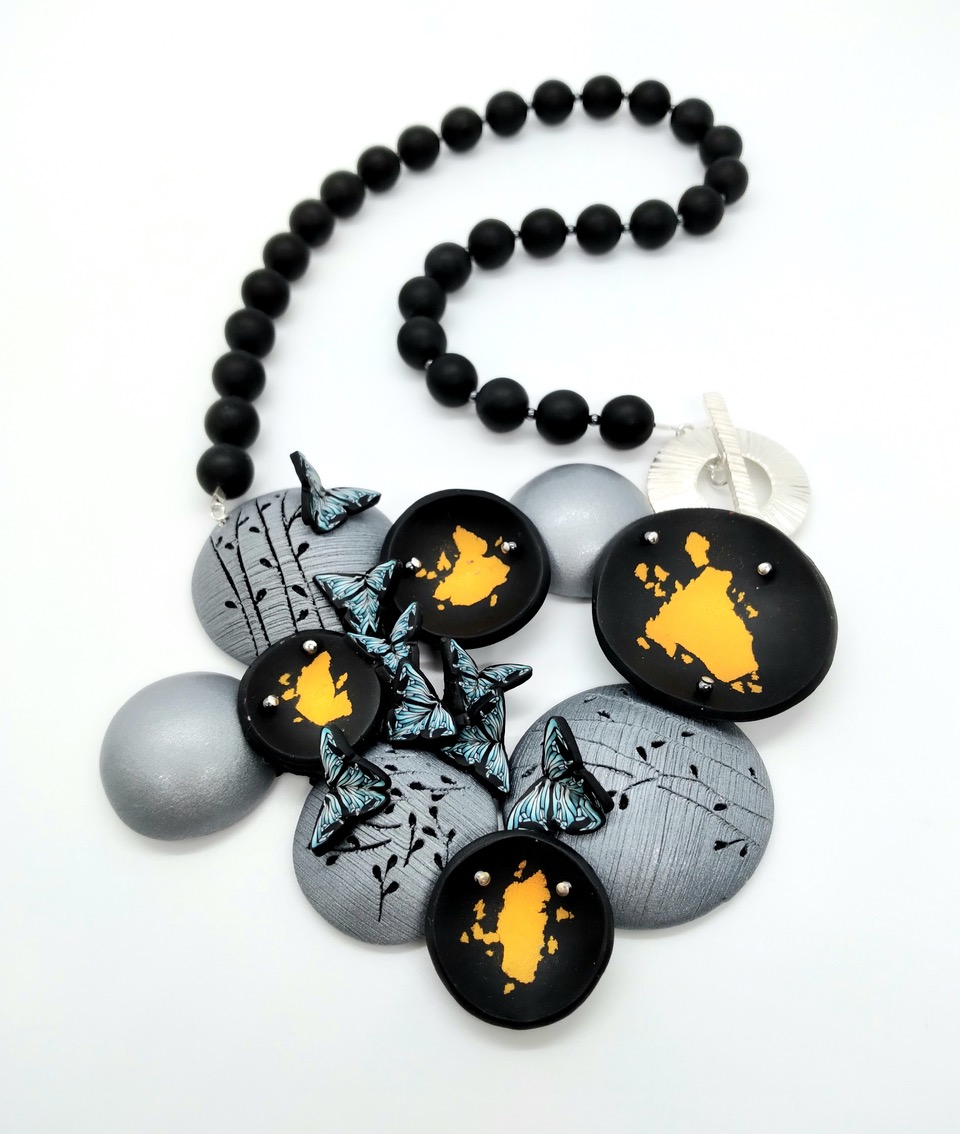
Wiwat Kamalpornwijit – marvels of plants
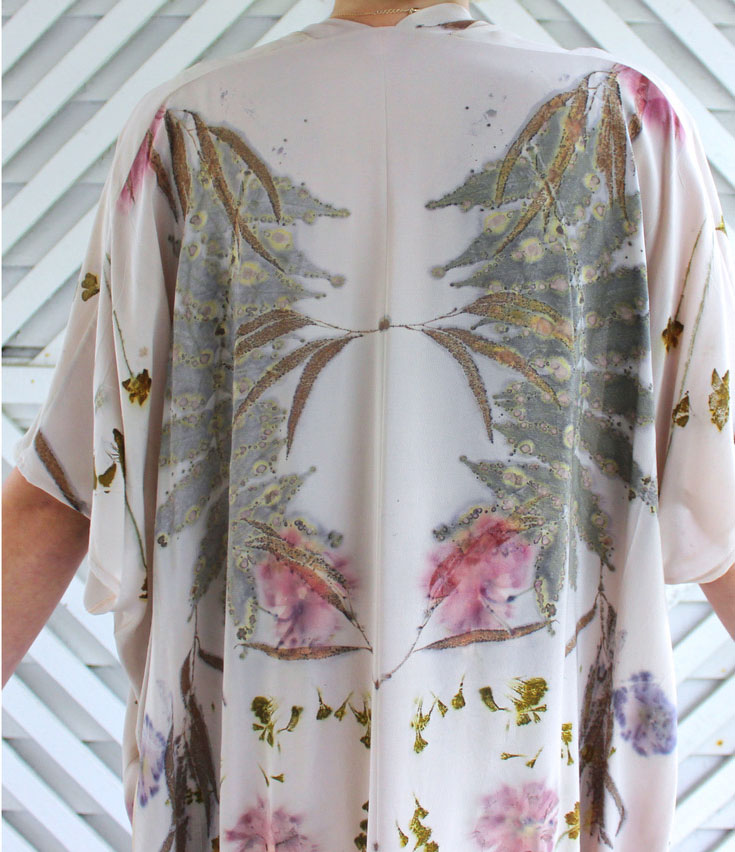
Alison Kelly – botanically printed textiles
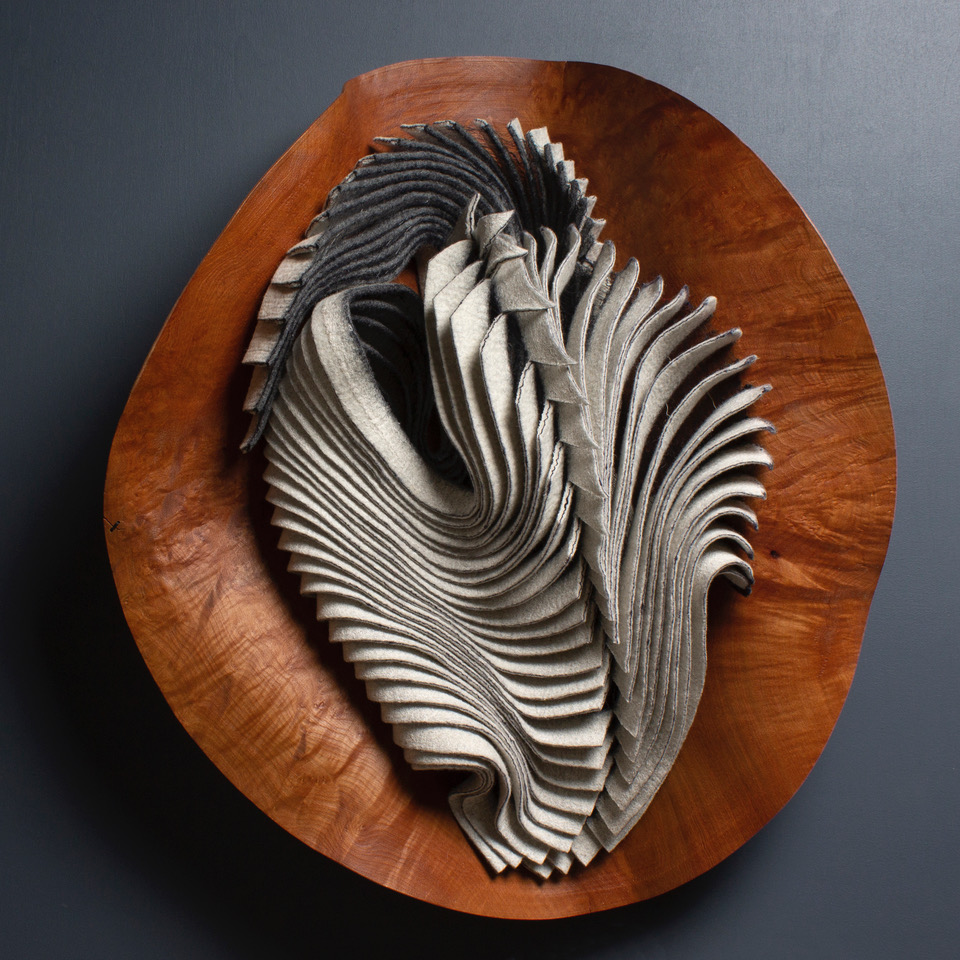
Kristy Kun – renewable material/sustainably felted

Kari Lonning – reuse of invasive vine
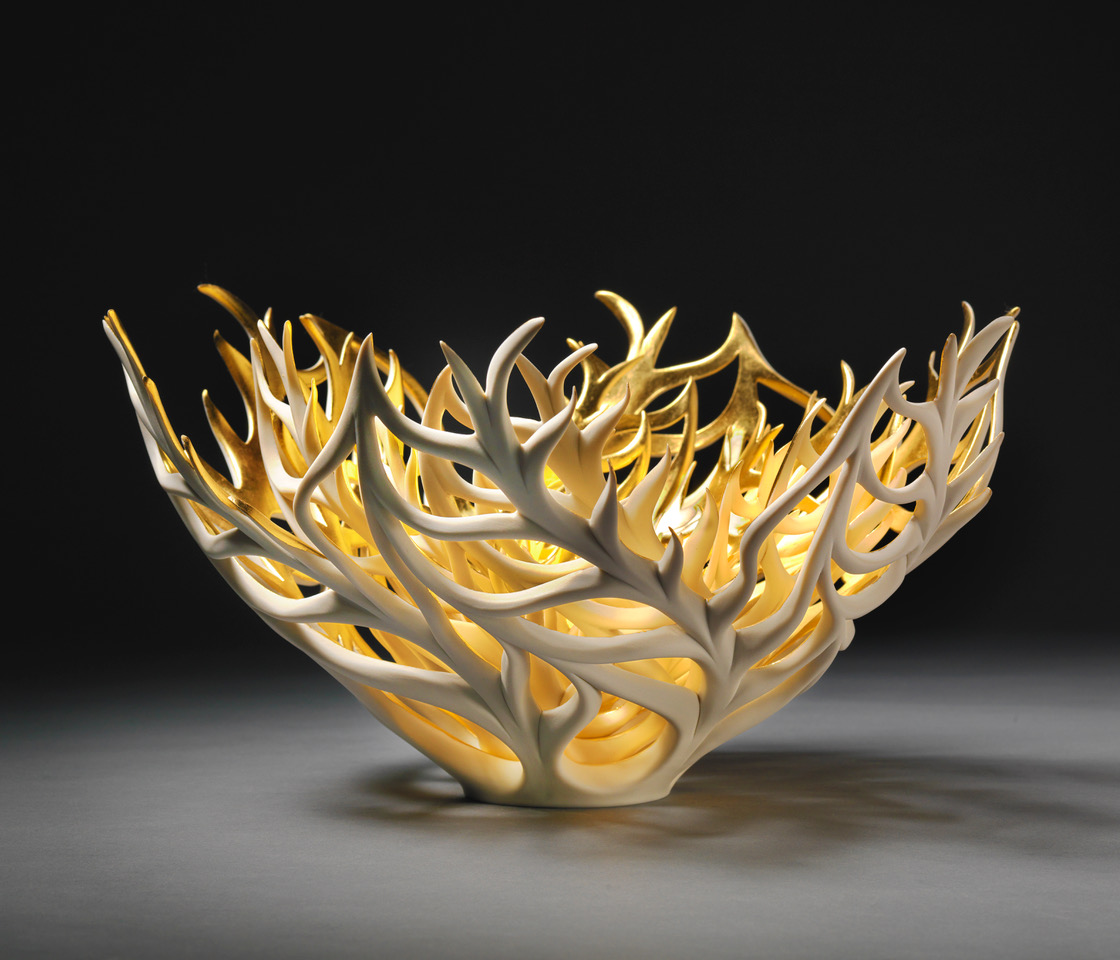
Jennifer McCurdy – ceramic of endangered coral
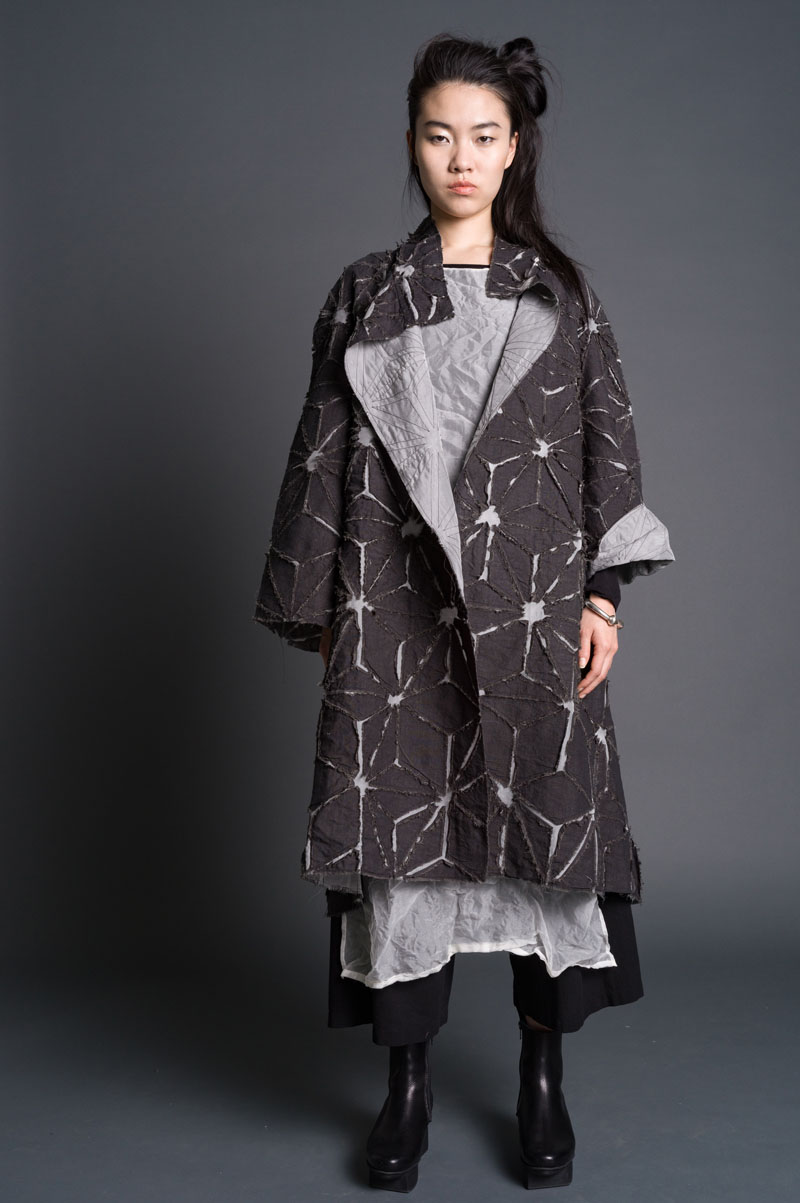
Amy Nguyen – textiles sustainably-made from natural fibers

Lynn Reintsema – natural fibers cut with minimal waste
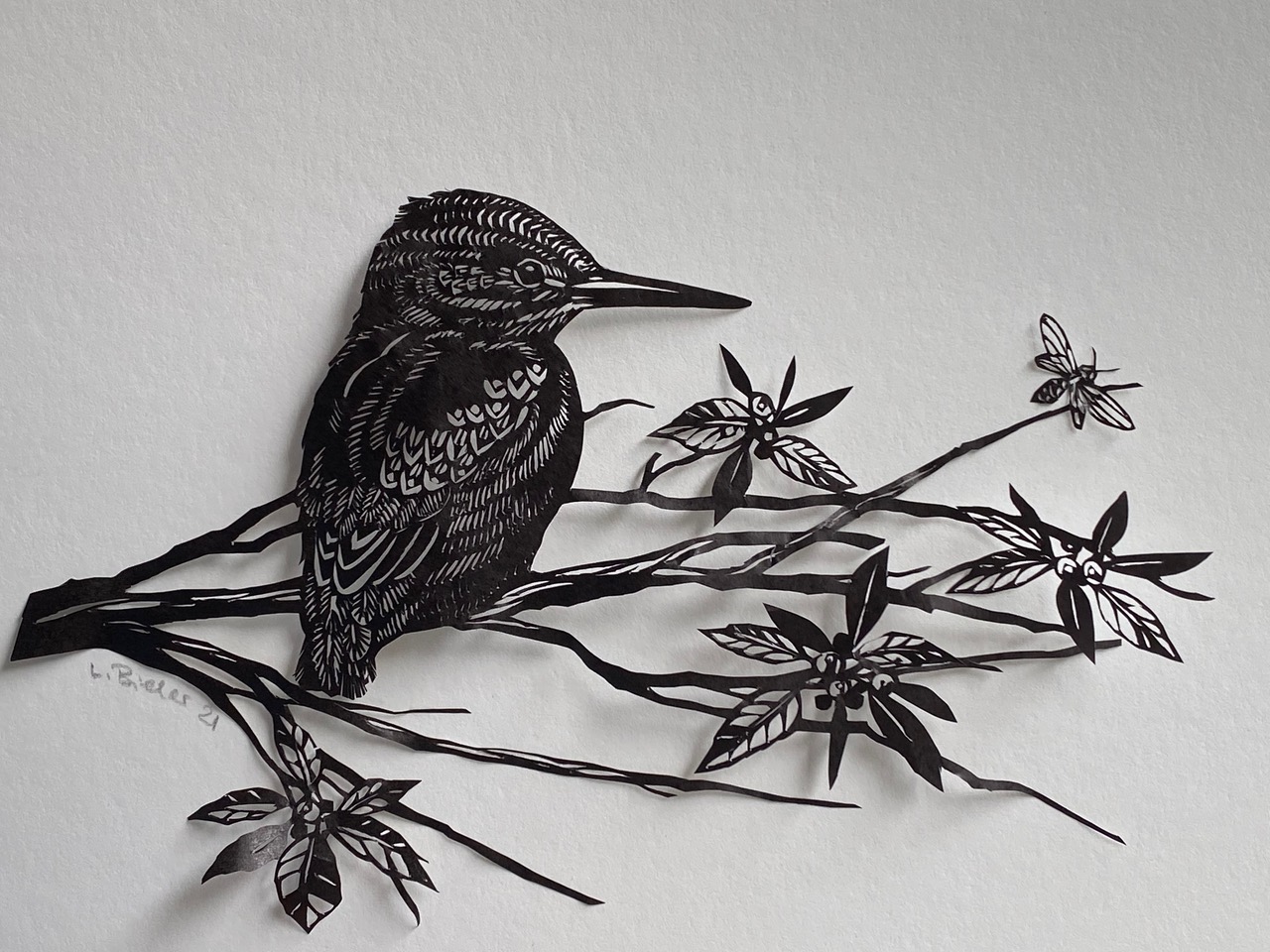
Lucrezia Bieler – paper cuttings about nature’s fragility
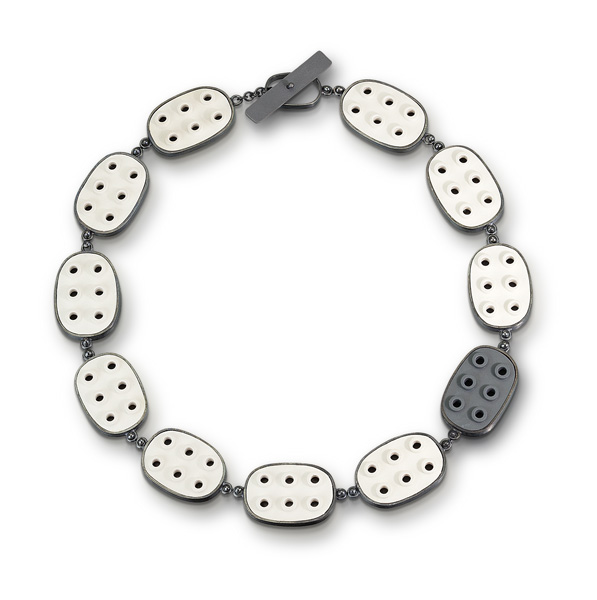
Jacqueline Sanchez – jewelry from recycled LEGOs
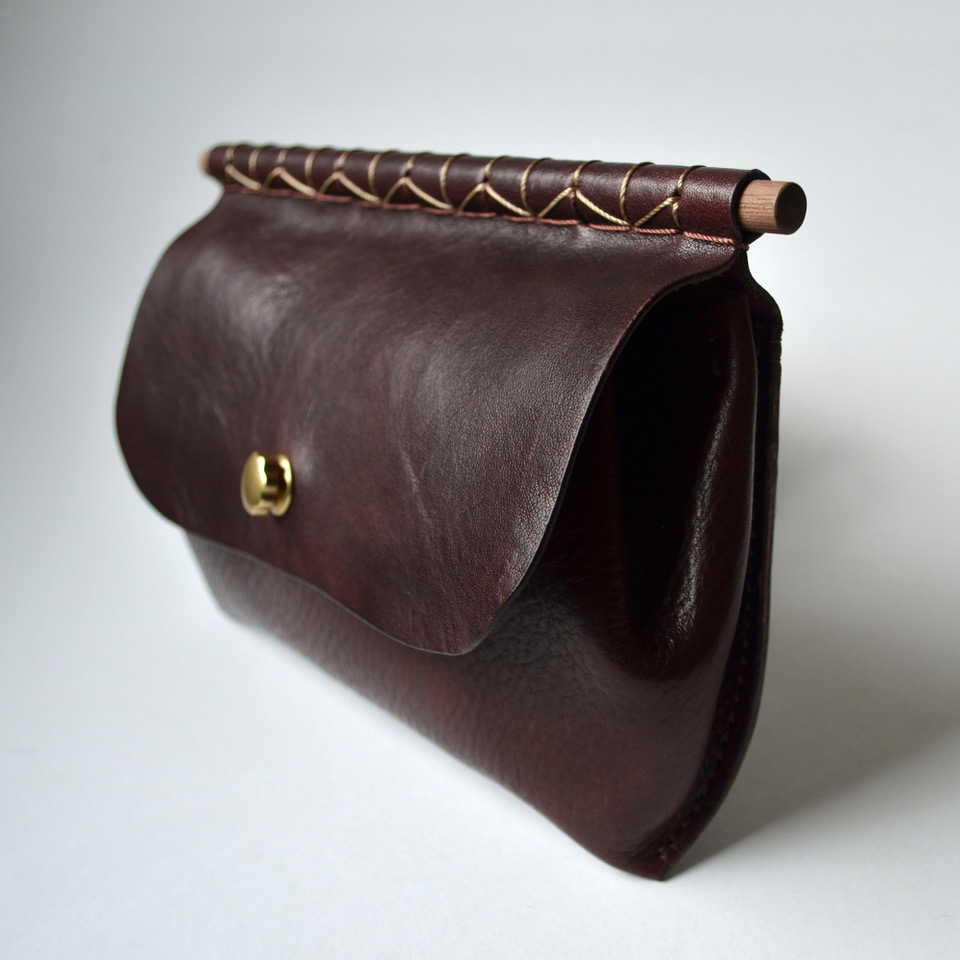
Christa Santa Maria – vegetable-tanned leather
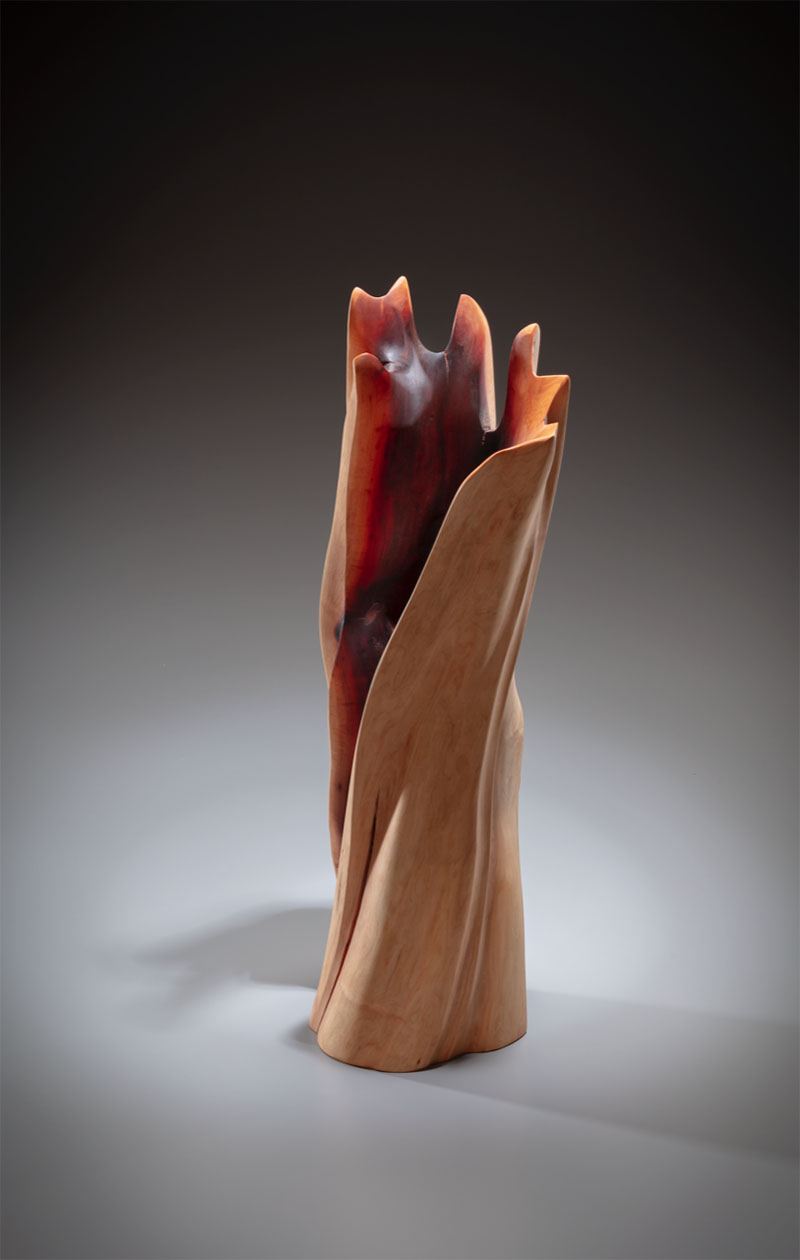
Holly Tornheim – sustainably sourced wood/solar-powered studio
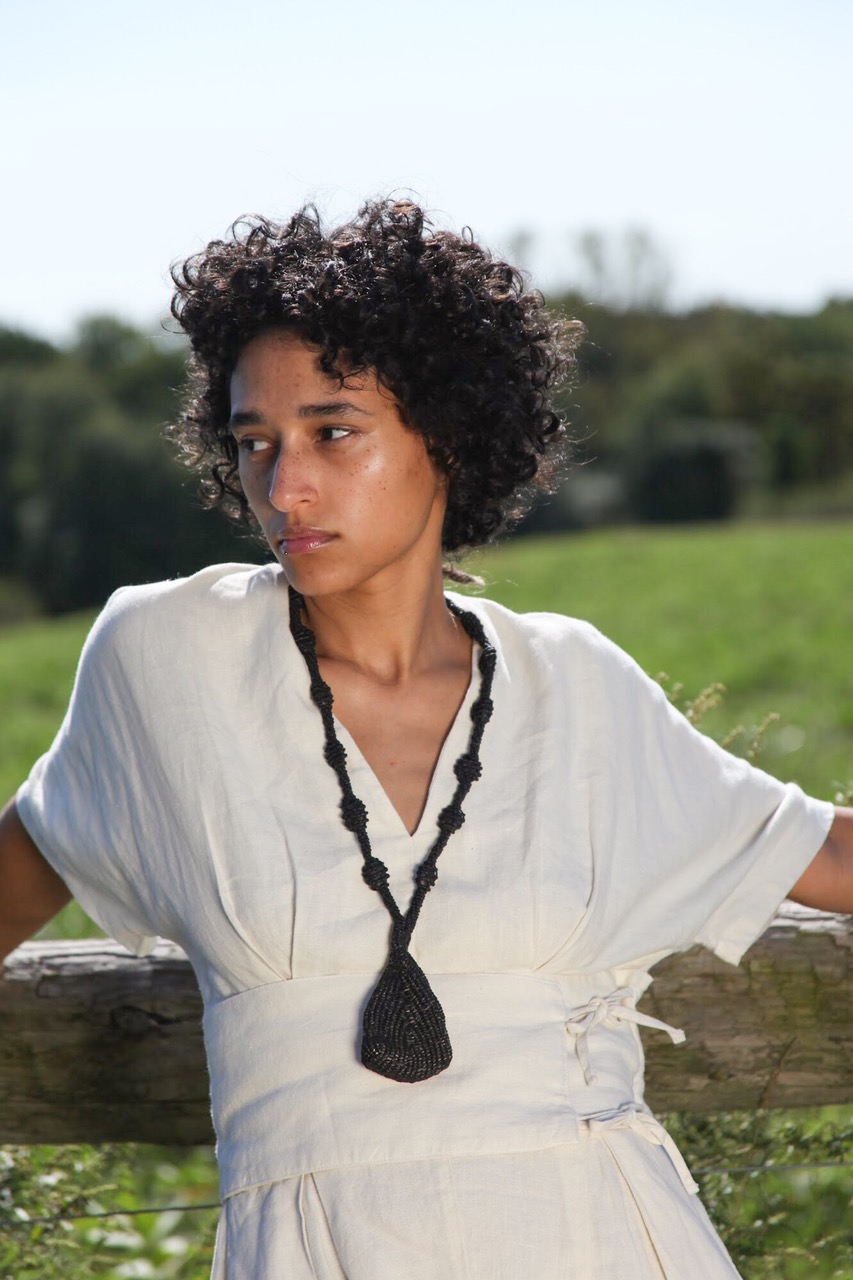
Maya Rose Weiss – sustainable, natural fiber jewelry
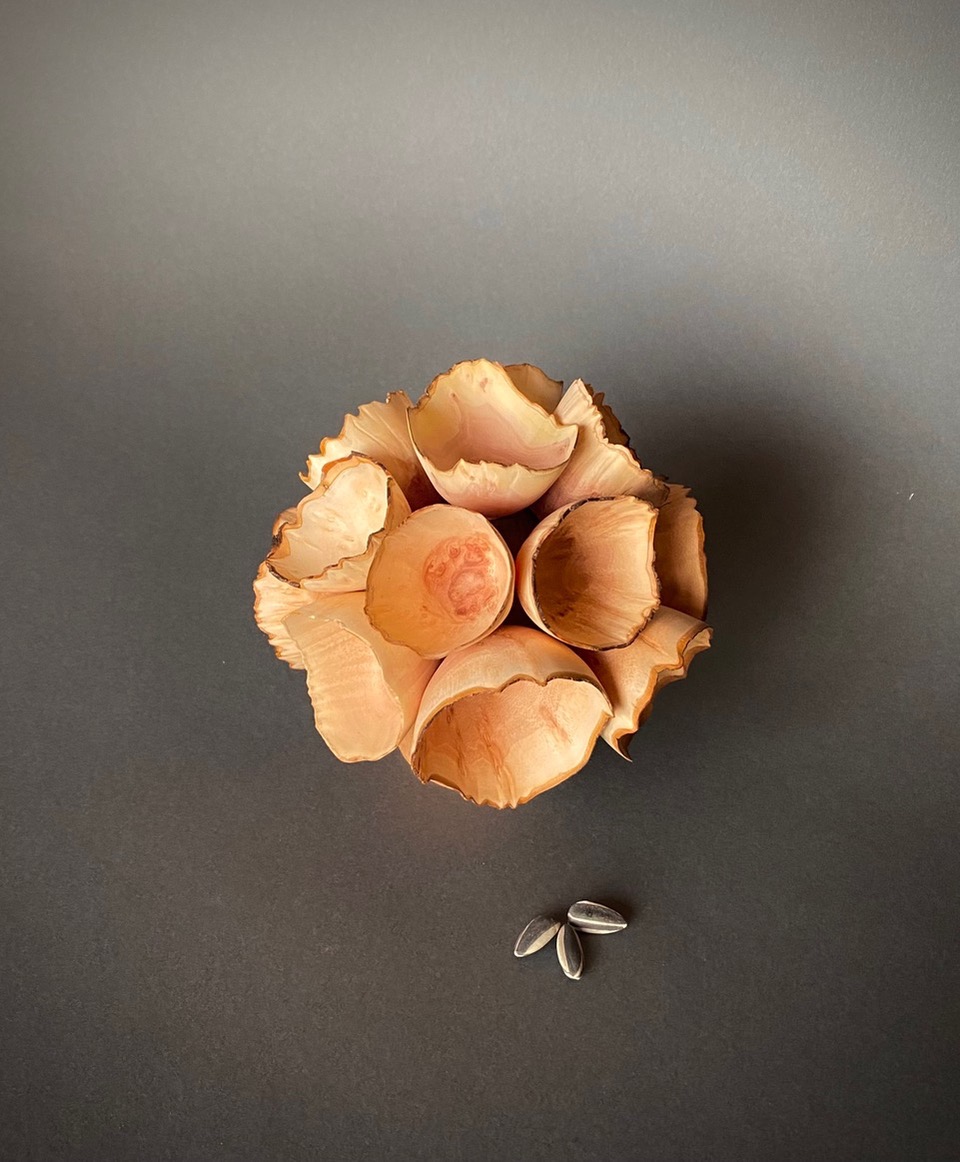
Diana Friend – salvaged wood/solar powered studio
Collectively, these 28 artists show us how to produce beautiful craft with minimal environmental impacts. Strategies include:
Sustainable sourcing, for example:
- Sustainably sourcing wood. Gordon Browning, for example, finds wood for his exquisite vessels from local deadfalls and logging culls, hurricane salvage – even a sawmill burn, crafting “a story of salvage and rehabilitation.” Richard Haining values “defects” in salvaged wood — water and mineral stains, knots, century-old nail holes – for the uniqueness they lend to his craft. He repurposes lumber to “spur conversations about our relationship with and impact on our world — what we notice, value, discount.”
- Using natural, sustainable fibers. Heidi Hess and Amy Nguyen create wearable textiles from renewable fibers; Yuh Okano blends natural silk and recycled polyester. Maya Rose Weiss makes a strong case for replacing gem-studded jewelry with wearable statements woven from wool, flax or hemp.
- Creatively repurposing. Everything from a spiral notebook binder to shed cicada wings finds purpose in Jessica Beels’ flocks of hand-sculpted birds. Chie Hitchner makes dyes from foraged plants; Alison Kelly uses leaves and flowers for botanical printing. Jill Heir turns foraged sticks and Kari Lonning invasive vines into stunning baskets. Jacqueline Sanchez uses discarded Legos in lieu of gemstones. Amy Faust’s gemstones, fashioned from repurposed glass and porcelain shards, create “a wearable statement arousing deeper conversation about transformation and sustainability.”
Careful processing, including:
- Using clean energy: Both Diana Friend and Holly Tornheim create beautiful woodwork in a solar-powered studio.
- Conserving and protecting water: Amy Nguyen uses low water immersion techniques to produce textiles. Kristy Kun employs a reclamation system to capture and re-use as much water as possible from felting. Christa Santa Maria tans leather with vegetable matter so used water can be safely returned to waterways.
- Minimizing waste: Alison Kelly, Amy Nguyen and Lynn Reintsema design and strategically cut fabric to create stylish garments with zero waste. Michael Snegg stores his wood in shipping containers, which require less energy to build and maintain than traditional storage facilities. 95% of his trimmings are provided to local organic framers.
- Crafting exquisite art: Amy Flynn’s repurposed material sculptures contain only vintage materials to foster recognition that items which are “thoughtfully and beautifully designed (as they were in past years) are less likely to be discarded.” Each of these artists takes that ancient tradition to heart, designing objects to be cherished for years to come.
Compelling storytelling, particularly in regard to:
- Marveling at nature: Wiwat Kamolpornwijit and Christina Vincent find inspiration in the beauty of plants; Jennifer McCurdy calls attention to endangered corals.
- Appreciating the interconnectedness of all life. Lucrezia Bieler deliberately scissor cuts each of her complex images from a single sheet of paper. Though this approach requires enormous concentration (particularly as she nears completion of a piece), the material and process reinforce her message about the delicacy, fragility, and interconnectedness of nature.
- Recognizing the disproportionate impact of climate change on indigenous communities. Nicario Jimenez’s intricate retablo recounts the plight of an Andean community struggling with extreme drought. His detailed attention to individual facial expressions exposes the trauma of forced relocation.
- Rebalancing our relationship with nature. The open spaces in Jiyoung Chung’s intricate paperworks express her “belief that we have ‘horse whisperers’ and ‘dog whisperers,’ but need ‘human whisperers’ to heal what has been broken in our essential relationship to ourselves, to nature and to God.”
- Shaping a more sustainable future. Paula Shalan’s clay seedpods (hand-built with local clay using recycled fuel) draw attention to “the overarching importance of seed biodiversity for our planet’s survival.” They also convey “the hopeful message of the dormant seed laying quiet, ready to burst forth with its unique contribution to a healthy ecosystem”.
The winner of the Honoring the Future Sustainability Award will be announced on this website and on social media at 9:00 am (EST) on October 22, 2021. Honoring the Future partners with the Smithsonian Women’s Committee to offer this award. The Smithsonian Women’s Committee produces the Smithsonian Craft Show to generate funds for grants to support education, outreach and research at the Institution’s 19 museums, 9 research facilities, and the National Zoo. Over $13 million in grants and endowments have been awarded since 1966.
Widely regarded as the most prestigious juried show and sale of American fine craft, the Smithsonian Craft Show is in its 39th year. The 2021 show will feature the work of 98 artists. All of the chosen artists were invited to apply for the Sustainability Award.


